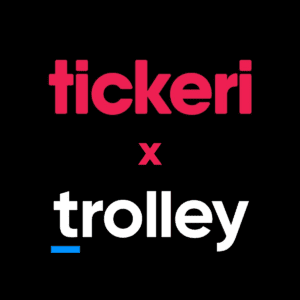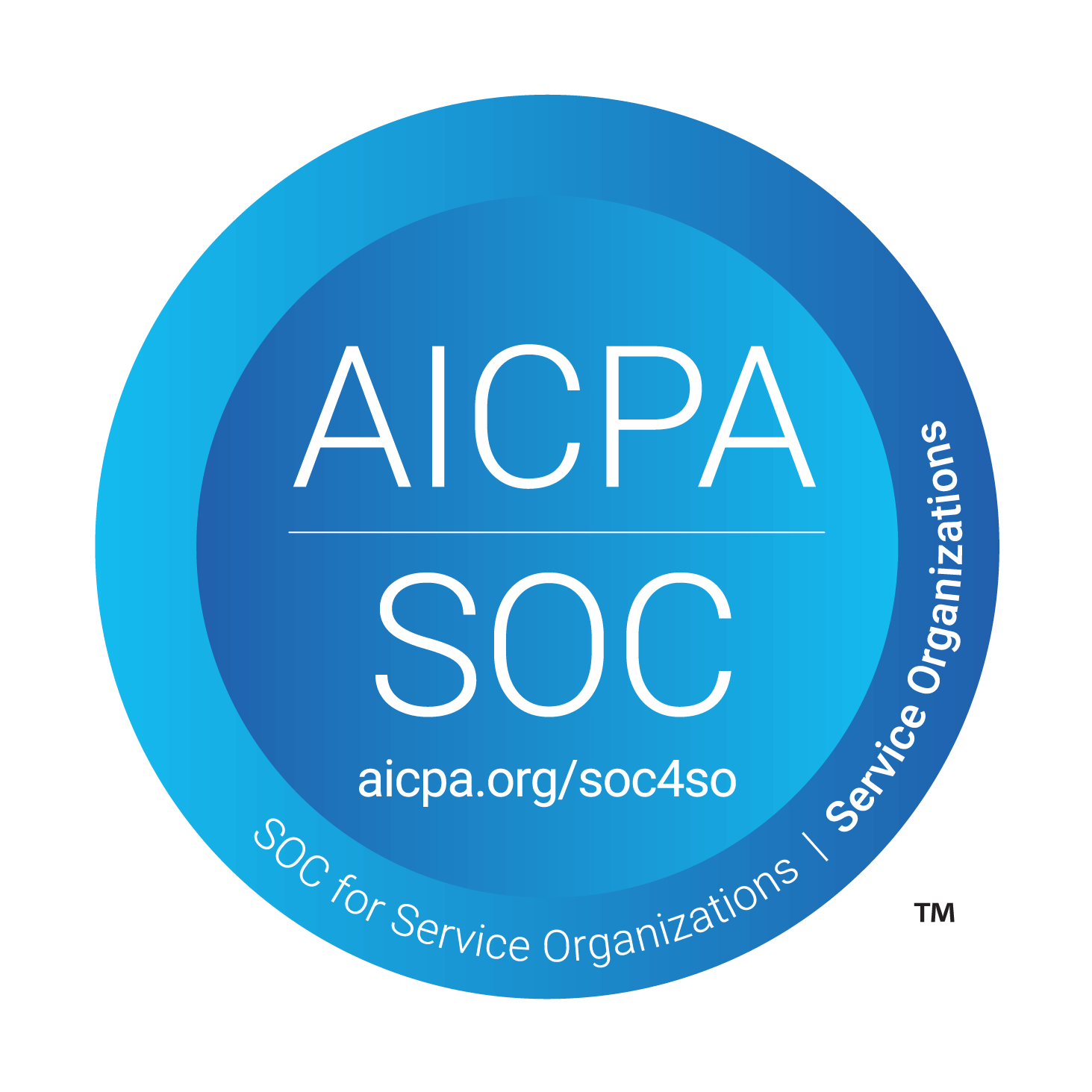11/22/2023 update: The IRS has announced another delay of its Form 1099-K threshold changes. For calendar year 2023, with reporting due in January 2024, the reporting threshold for TPSOs remains at $20,000 in gross amount of aggregate payments and 200 transactions.
The IRS plans to propose a $5,000 reporting threshold for the following year, with the aim of eventually working towards the $600 threshold. This change does not affect state reporting thresholds—many of which are already $600.
Looking for a quick hit of everything you need to know about tax compliance? Hear about the current state of global tax regulations and where they’re going—directly from our leaders and subject matter experts.
This volume was taken from an interview with Conor Cox, Trolley’s VP Revenue.
Tax season: as much as we know it’s coming, it creeps up on us every year.
However, this year in particular, it’s coming with a lot of challenges for both individuals and businesses. We’re looking at you, 1099-K & DAC7. 👀
As legislation starts to catch up with the internet economy, questions naturally start to arise about what’s coming next.
It can be difficult to anticipate what regulatory changes are on the horizon, which is why relying on a trusted partner can be key to maintaining compliance long-term.
What we cover
Choosing the right partner
Choosing that partner can be a massive process, especially for enterprise-level companies that are facing the challenge of scaling rapidly.
Based on conversations that we’ve had here at Trolley with customers, here’s what folks in the creator, gig and royalty spaces are looking for in a solution:
- Speed – How quickly can we get a solution in place?
- Ease of implementation – Will this solution work out of the box?
- Flexibility – Can this solution evolve to meet our needs 5 or even 10 years down the line?
These are all things to think about, especially if you’re considering the impact on your team and current workflow. Then of course the “build vs buy” debate comes into play (keep reading for more of my thoughts on that), but it can be difficult to scope the full extent of what you’ll need before you get rolling.
No matter what you choose, putting in the work to find a robust solution with an ambitious roadmap will mean you don’t have to go look for new tools year after year.
Build vs Buy: What is the market saying?
When it comes to evaluating a software product, most companies are familiar with the “build vs buy” debate.
My team spends a lot of time talking to leaders at companies in the internet economy, addressing how to tackle their compliance & reporting challenges.
What we’re hearing is that most folks are leaning towards buying a solution, simply because of how time-consuming and expensive it can be to ramp one in-house. Building tax software, especially for large-scale enterprises, is a unique skill set that not every company is equipped with. It’s also a long-term investment that can take months or even years to research, plan and then develop.
Not to mention, with global tax rules still a bit unsettled at the moment, it can be risky to staff an engineering and product team to build something based on goalposts that are guaranteed to move.
They’re asking themselves: Why pull resources from their core focus if they’re not adding long-term value?
At the end of the day, whether you build or buy a solution for the complex global tax problems of the modern internet economy, make sure you’re confident it will work in the long run.
Time is of the essence
It’s not too late to determine your tax compliance & reporting needs—but if you’re looking to scale, time is of the essence.
At Trolley we know that our customers, especially those at the enterprise level, place enormous value on their recipients. In 2023 and beyond, people (sellers, vendors, creators, contractors, artists,…) are their “atomic” product—the thing that’s core to their business.
What to look for in a vendor
When you’re shopping for potential tax vendors, there’s a lot to think about. As you go through the evaluation process, remember that your provider should:
- Be adaptable (How equipped is this provider to adapt and add more jurisdictions as tax laws evolve? How quickly can they do this and will there be more integration needed for each new change?)
- Be easy to navigate for recipients and admins
- Easy for admins to make changes without developer support
- Be able to to transfer data from pre-existing systems
- Put recipient experience at the forefront of how they build
- Has a frictionless onboarding process
- Integrate smoothly with the full payouts workflow
Global tax laws are expected to continue to evolve, and filling out tax forms can be a dry, clunky process, so choose a provider that can grow with the legislation and puts recipient experience at the forefront of how they build.
If you’re looking to scale, make sure you’re thinking a few steps ahead—especially if your company employs large numbers of people across the globe.
Want to know more about what we’ve learned from talking to our community about tax?
My team of sales and customer success professionals speak with business leaders about tax compliance every day, helping them address key challenges and choose the right Trolley plan for their needs. In 2023 alone, 49% of all calls we’ve taken have touched on a tax topic!
By analyzing these exchanges and comparing the concerns mentioned with product use data, we’ve collated what we think is the need-to-know tax info for this upcoming tax year.
What’s inside:
- The most important trends in payouts and tax we’ve been hearing about over the past year
- What the industry is saying about anticipated changes coming this tax season
- The most pressing questions business leaders are asking about tax compliance in 2023
- In-depth answers to frequently asked questions we receive about tax compliance and effective strategies to address common pain points
If your business handles payments to creators, freelancers, or contractors, you need to download this guide today!
By the way, we’re always happy to chat about all things tax, tech and internet economy. Reach out to me on LinkedIn or reach out to our team for more info on how Trolley’s Tax solution can help you solve your payouts problems.











